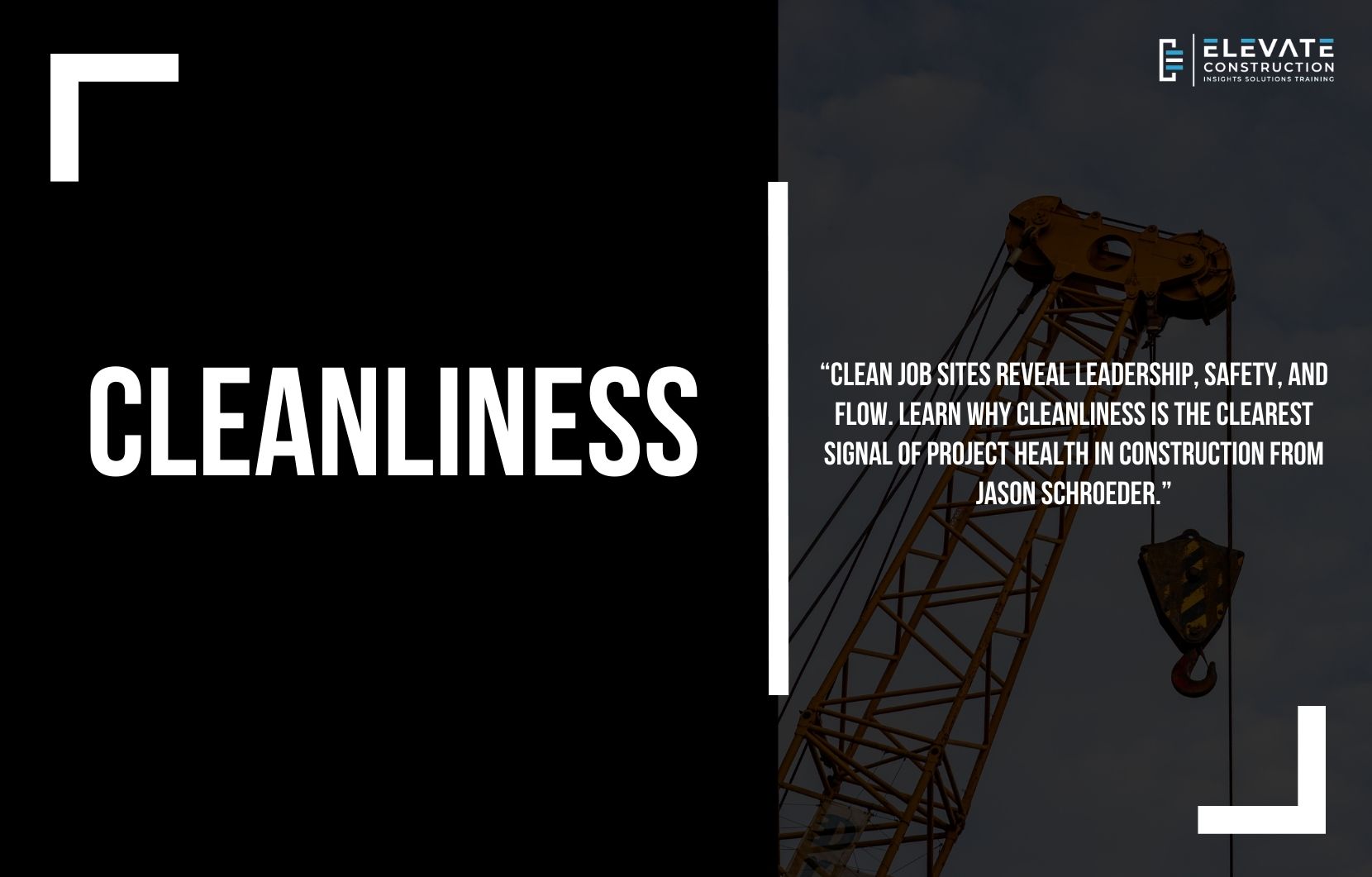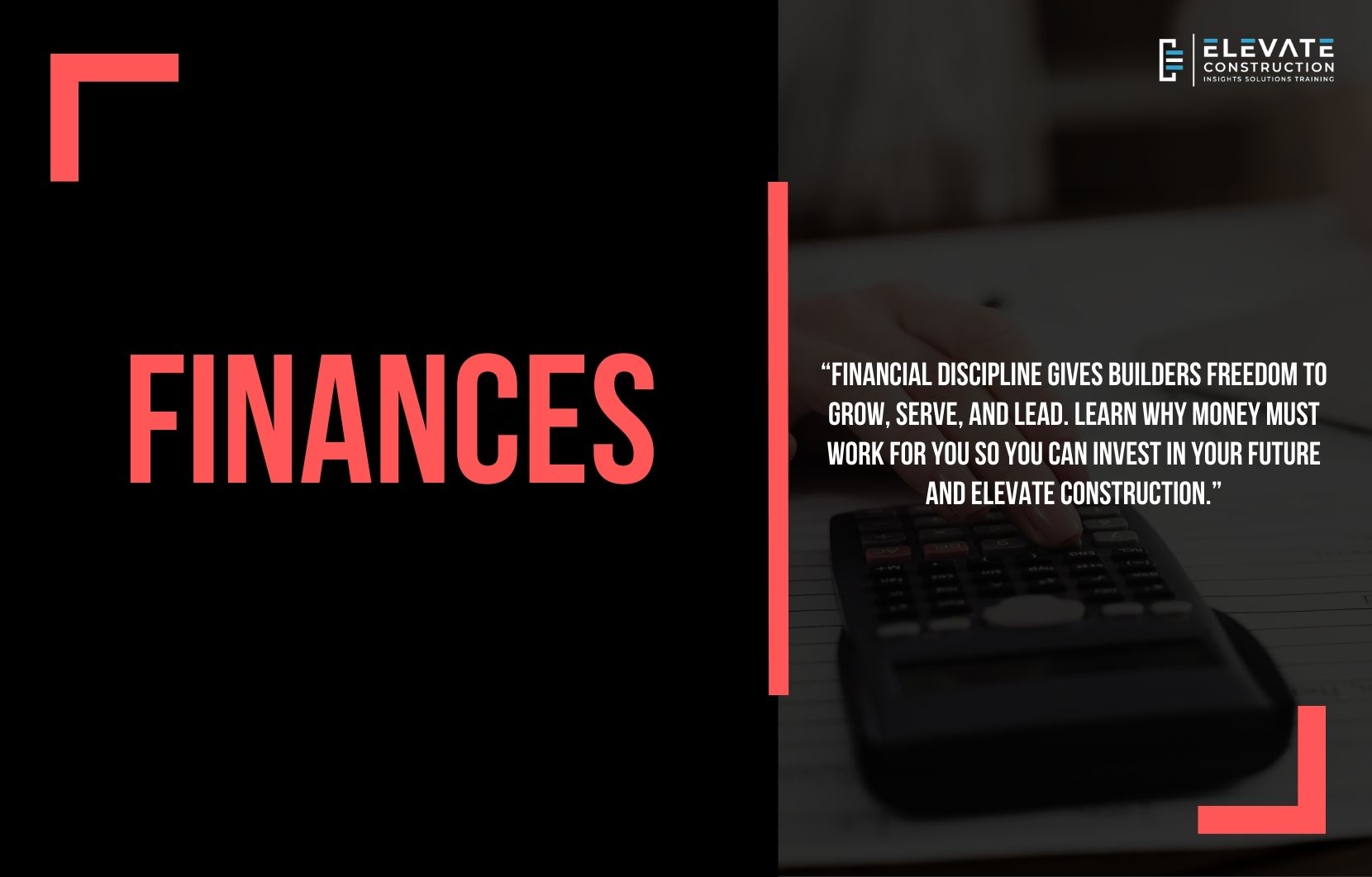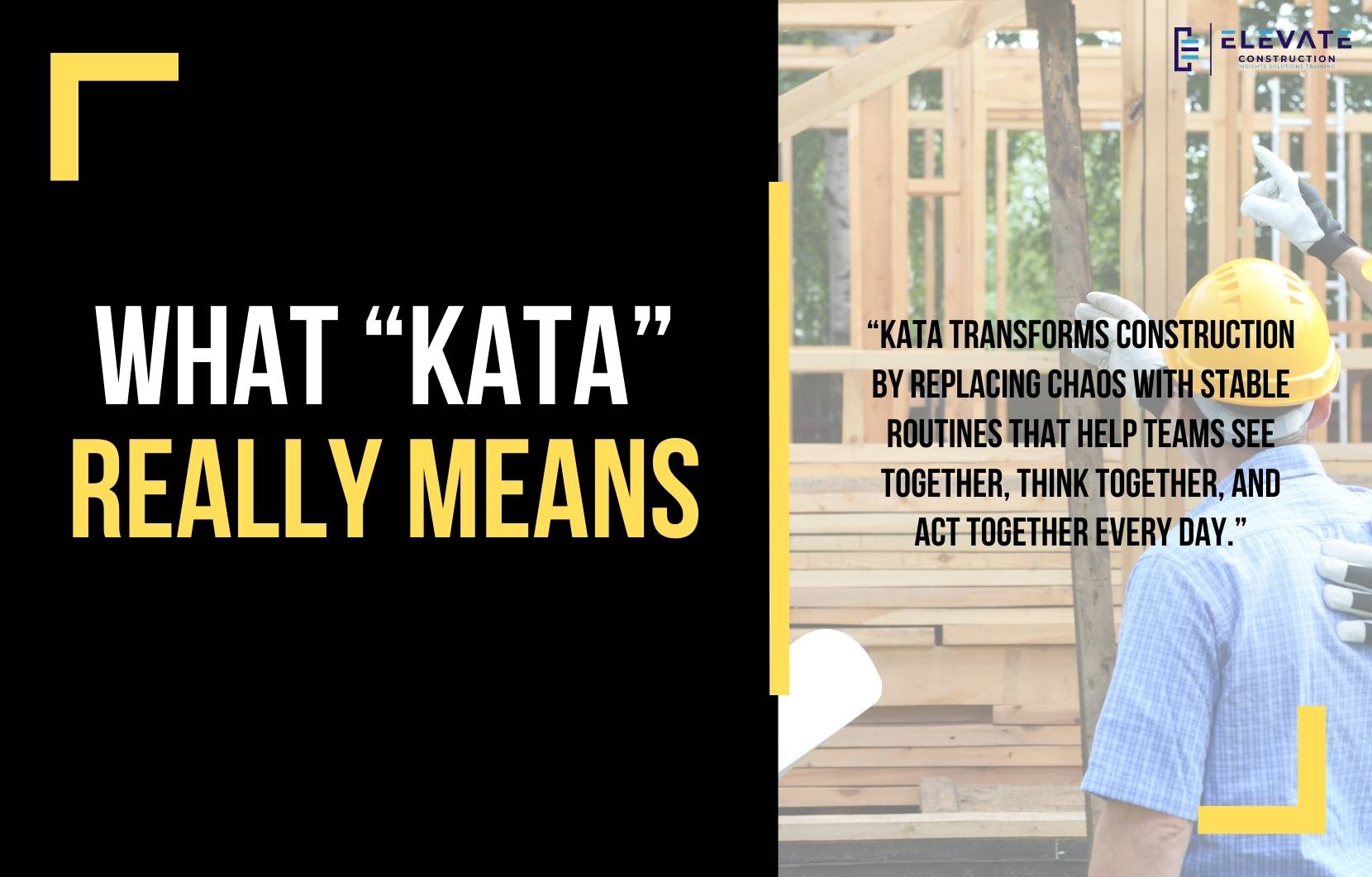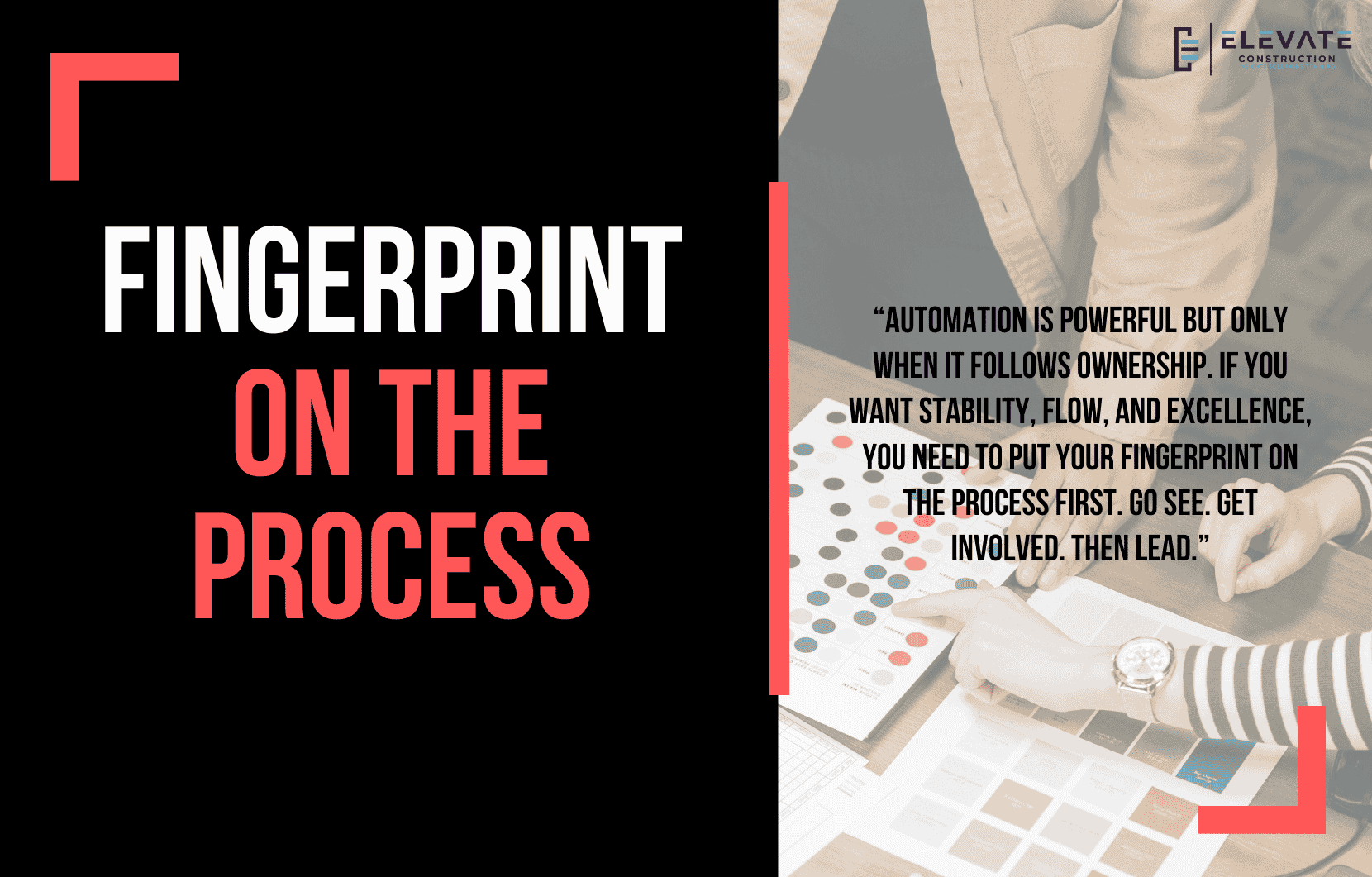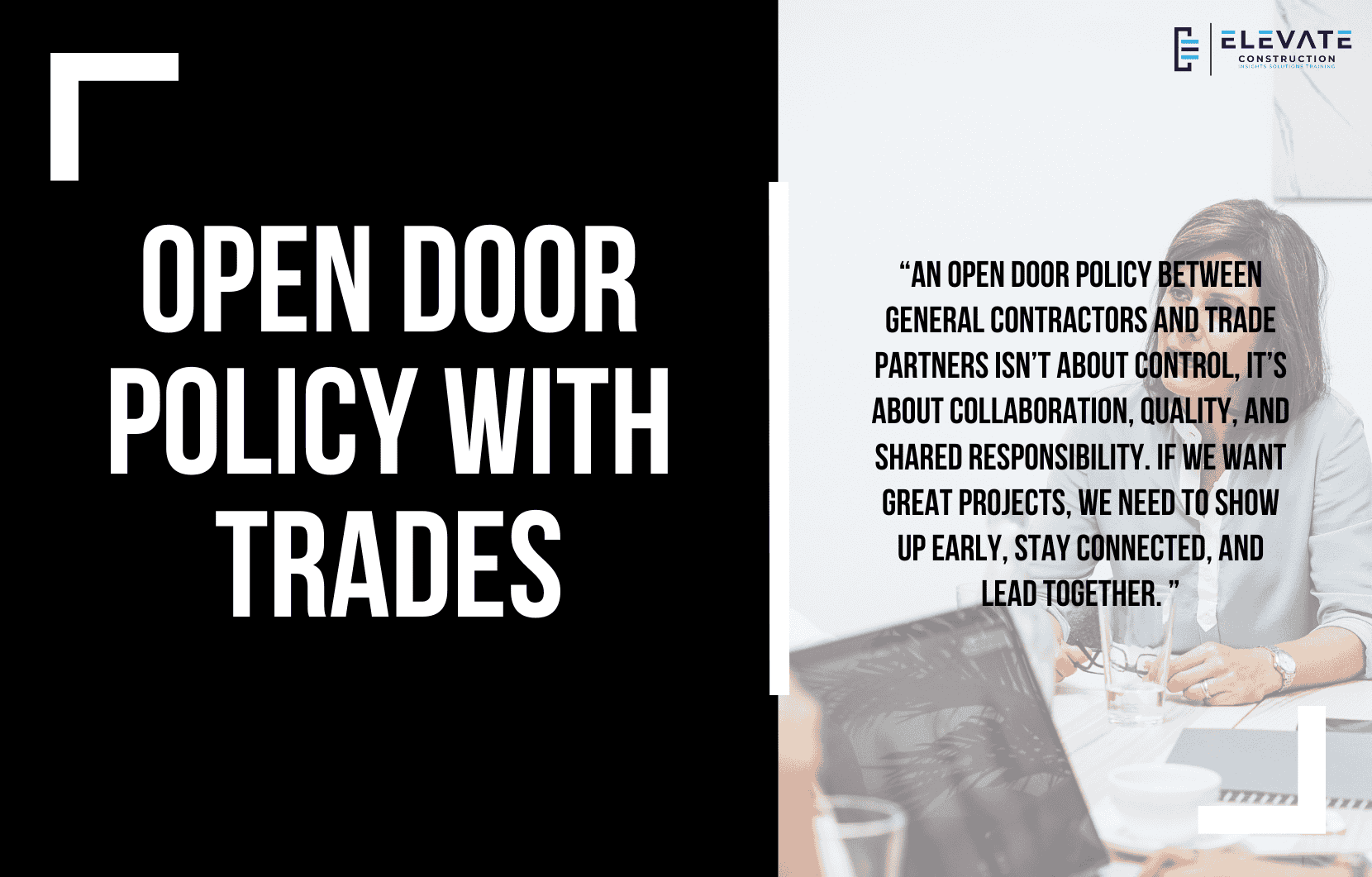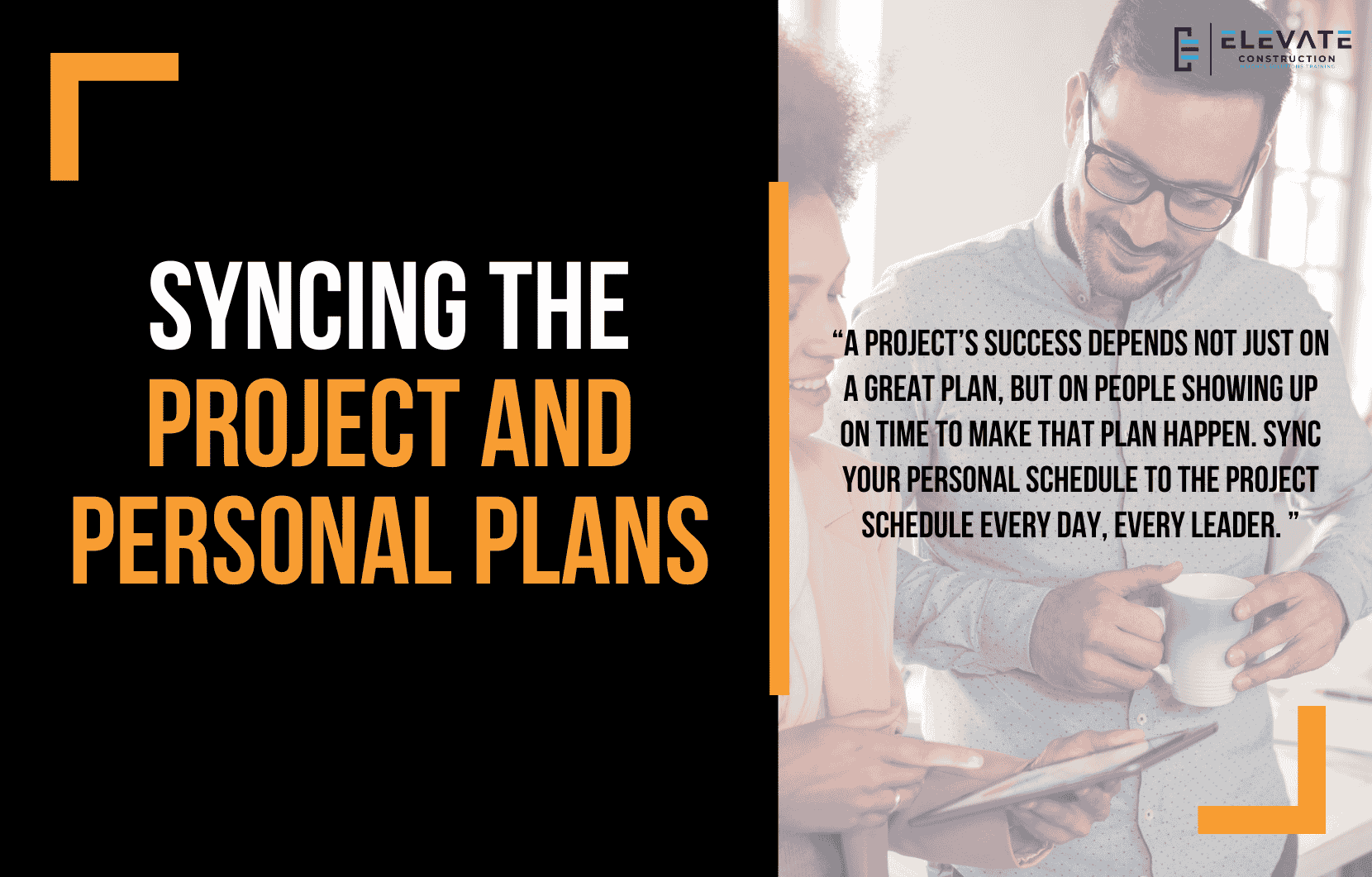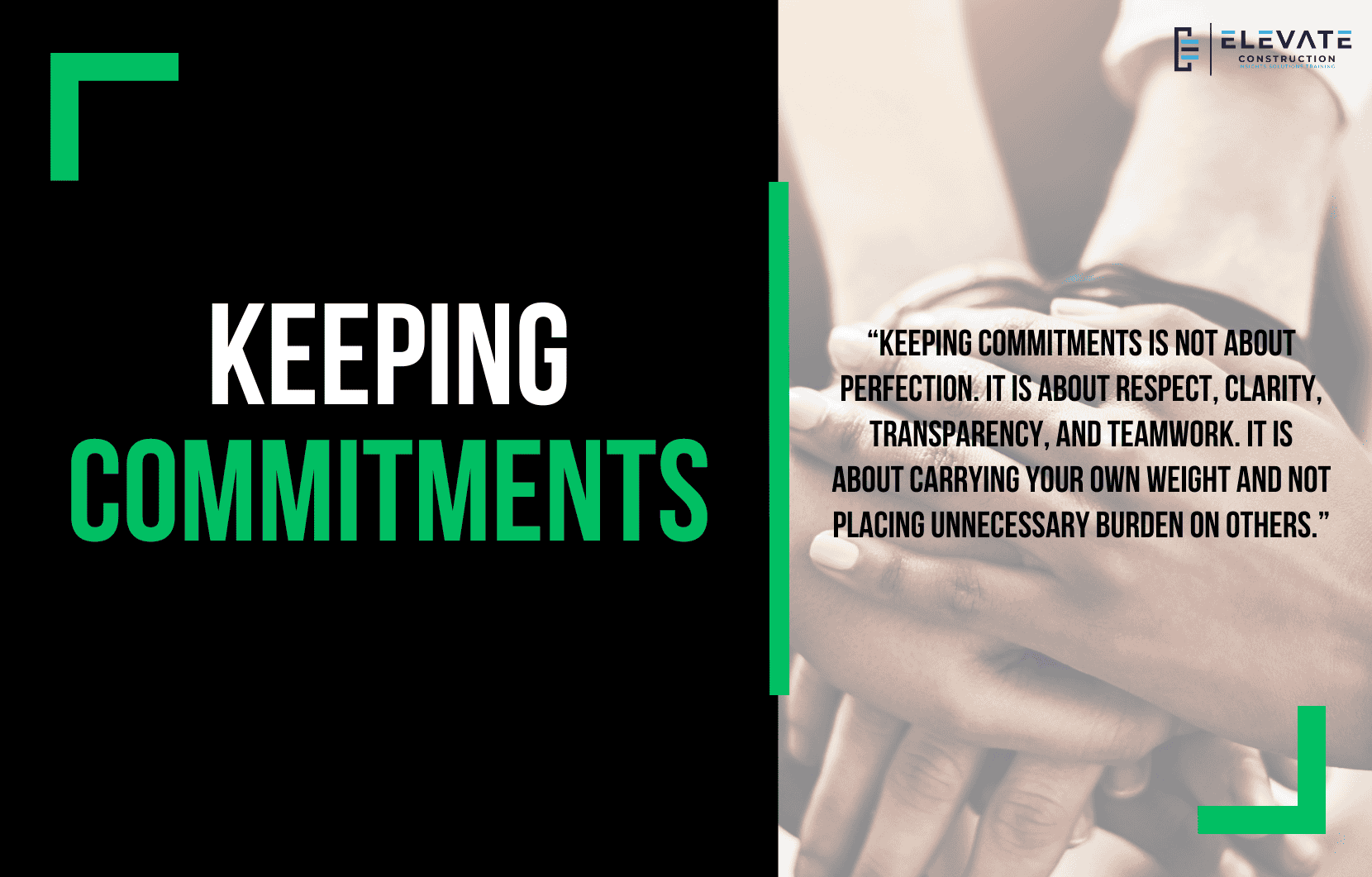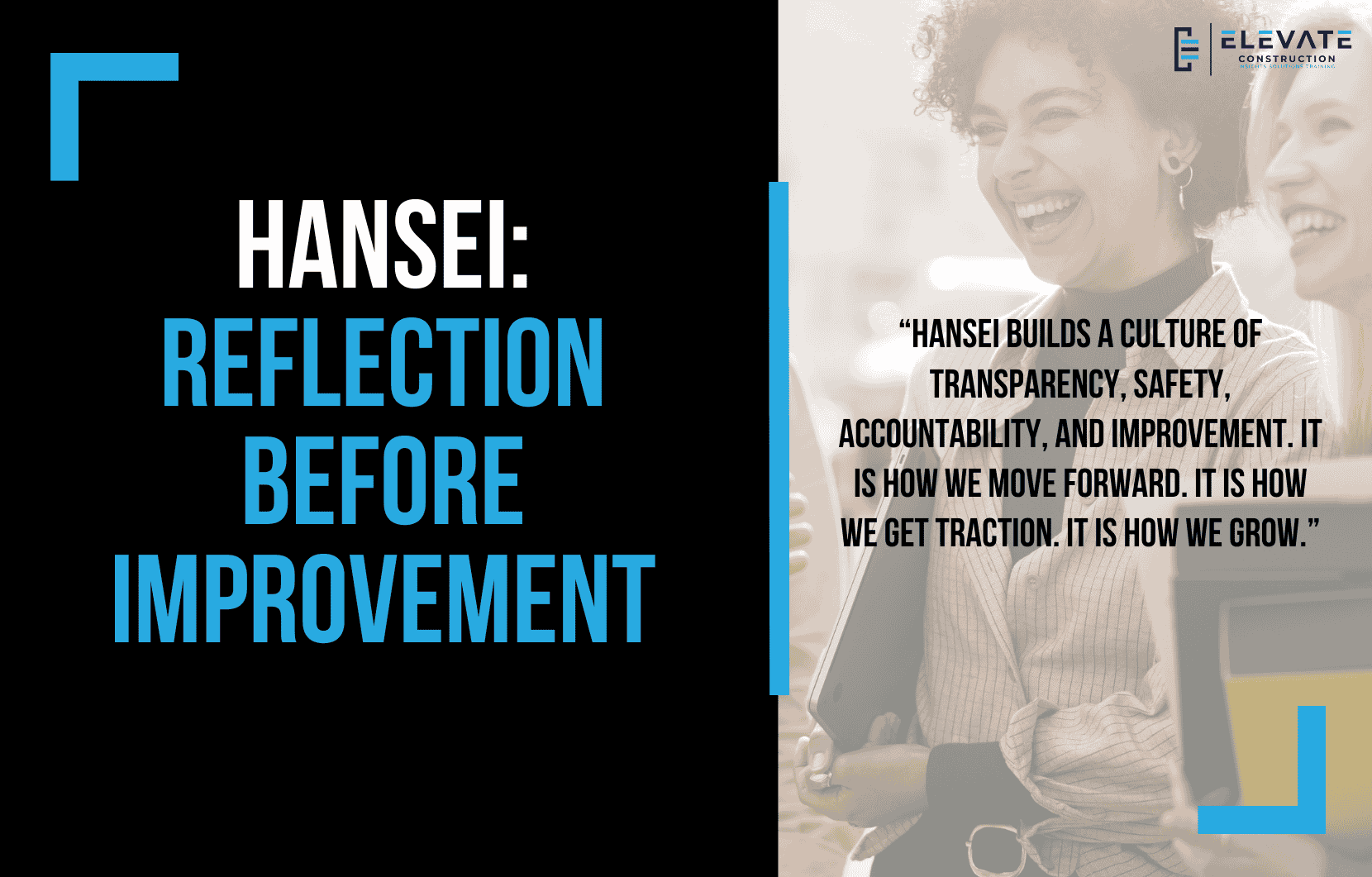Cleanliness Is the First Signal of Project Health
If I walk onto a project and I only have thirty seconds to decide whether it’s going to succeed or fail, I don’t ask for the schedule. I don’t ask for the budget. I don’t ask for a meeting. I look at the floor.
Cleanliness tells the truth faster than anything else in construction. A clean job speaks immediately. It tells you there is leadership, standards, and control. A dirty job tells you the opposite. And once you learn to see it, you can never unsee it.
This is not about appearances. This is about systems, behavior, and respect for people. Cleanliness is not cosmetic. It is diagnostic. It is one of the most reliable indicators of whether a project is healthy or headed for trouble.
The Hidden Cost of Dirty Jobsites
Most teams underestimate how much damage disorder causes. They assume mess is just part of construction. They accept clutter, trash, cords, and chaos as normal conditions. Over time, those conditions stop standing out. They become background noise.
That is where the real danger begins.
When people work in disorder long enough, they stop believing improvement is possible. Safety hazards blend in. Quality defects hide in plain sight. Flow problems go unnoticed. Crews spend energy navigating the mess instead of producing work. Leaders become reactive instead of proactive.
I have never seen an unclean job that was truly well run. I have never seen a messy project that had strong safety, high quality, healthy morale, and reliable production. The pattern is always the same. Disorder spreads. Standards erode. Friction increases. People burn out.
Why Cleanliness Always Comes First
Construction is the act of creating order out of chaos. We take thousands of components and assemble them into something functional, safe, and meaningful. Cleanliness supports that mission. Disorder fights it.
In nature, disorder has a name. It is entropy. Left alone, systems decay. The same thing happens on projects. If no one actively maintains order, chaos takes over. Cleanliness is the counterforce. It is intentional order.
When I say cleanliness is next to godliness, I am not being poetic. I am describing an elevated state of operation. Clean sites are ordered sites. Ordered sites are predictable. Predictable sites are safe. Safe sites can flow. Flow is where dignity, pride, and productivity live.
A Field Lesson I Never Forgot
Early in my career, I learned this lesson the hard way. I was dealing with a technical problem on a job. Something was not fitting correctly, and the team wanted to jump straight to measurements and calculations. Before we did anything else, I stopped the work and had the entire area cleaned.
People were frustrated. They thought I was avoiding the real issue.
But once the space was clean, the problem revealed itself almost immediately. We could finally see what was happening. The mess had been hiding the truth.
That experience stayed with me. Every successful intervention I have ever made on a project has started the same way. Clean the area. Create order. Then solve the problem.
The Failure Pattern Nobody Wants to Name
There is a pattern I see repeatedly in struggling projects. Leaders tolerate mess because they want to be liked. Crews are allowed to leave trash behind because holding the line feels uncomfortable. Composite cleanup crews are added to mask the problem instead of fixing it.
What that really communicates is this: standards are optional.
Once people sense that standards are flexible, everything else becomes negotiable. Safety becomes negotiable. Quality becomes negotiable. Schedules become suggestions. Accountability disappears.
Cleanliness fails not because workers do not care, but because leaders do not enforce a shared standard.
Why Disorder Creates Learned Hopelessness
There is a concept called learned hopelessness. When people are exposed to negative conditions long enough without control, they stop trying to improve their situation even when improvement becomes possible.
Dirty jobsites create learned hopelessness. Workers stop seeing hazards because chaos is normal. They stop correcting issues because nothing ever changes. Mess becomes invisible.
Clean environments reverse that effect. Once people experience a clean, stable site, disorder becomes irritating instead of invisible. That irritation drives action. Action drives improvement.
Cleanliness Allows Leaders to See Clearly
When a site is clean, leaders can finally do their job. Safety issues stand out. Quality defects become obvious. Flow interruptions reveal themselves. Crew behavior becomes visible.
Cleanliness clears the noise so leaders can focus on what matters. Without it, leaders are stuck reacting to chaos instead of shaping outcomes.
This is why cleanliness is always the first move. It is the foundation that allows every other system to function.
What High-Performing Projects Do Differently
On high-performing projects, cleanliness is not a suggestion. It is a shared expectation. Everyone cleans. No one is above it. Leaders model it. Crews protect it.
There are a few behaviors that show up consistently on these projects.
- Crews clean as they go because they understand it increases productivity rather than slowing it down.
- Leaders enforce standards immediately and respectfully, without negotiation or drama.
Once those behaviors take hold, something interesting happens. People become proud of the environment. They defend it. They hold each other accountable. Cleanliness turns from enforcement into culture.
Why Aiming for “Good Enough” Always Fails
Many teams aim for “pretty clean” or “good enough.” That approach never lasts. Mediocrity requires constant effort and still collapses under pressure.
Perfection is easier to sustain.
When teams aim for perfect cleanliness, habits form faster. Expectations become clear. Deviations stand out immediately. Gravity works differently at the top. It is easier to stay excellent than it is to constantly fight back from average.
Shoot for good and you get mediocre. Shoot for mediocre and you get bad. Shoot for perfection and you get stability.
Cleanliness Is Respect for People in Action
Clean jobs are safer jobs. Clean jobs protect workers’ dignity. Clean jobs reduce frustration and wasted motion. Clean jobs allow people to do their best work.
This is not about control. It is about respect.
Lean thinking teaches us that respect for people and stable environments come before continuous improvement. Cleanliness creates that stability. Without it, improvement efforts collapse.
This is why cleanliness is foundational to LeanTakt and flow-based production. Flow cannot exist in chaos.
How Elevate Construction Helps Teams Build Order
At Elevate Construction, we do not treat cleanliness as a side topic. We treat it as a leadership skill. We help superintendents and project teams learn how to establish standards, hold the line, and create environments where flow is possible.
If your project needs superintendent coaching, project support, or leadership development, Elevate Construction can help your field teams stabilize, schedule, and flow.
Cleanliness is not a personality trait. It is a system. Systems can be taught, coached, and sustained.
The Addiction That Changes Everything
Once teams experience a clean jobsite, they do not want to go back. Clean environments reduce stress. They make work easier. They create pride.
That is when culture shifts. People stop complying and start believing. Cleanliness becomes self-enforcing. Trade partners hold each other accountable. Standards become non-negotiable.
That is how change spreads.
Cleanliness as a Mission, Not a Rule
This is bigger than one project. Clean, ordered, respectful jobsites elevate the entire industry. They change how construction is perceived. They honor the skill of the craft. They create careers people are proud of.
This is the mission of Elevate Construction. To help teams build environments where people can thrive, flow can exist, and projects can succeed without burning everyone out.
A Challenge Worth Accepting
If you want to know whether a project is healthy, look at the floor. If you want to change a struggling job, start with cleanliness. If you want to elevate your leadership, hold the line on standards that matter.
As I often say, “If you can keep a job clean, you can do anything.”
FAQs
Is cleanliness really a leadership issue?
Yes. Cleanliness reflects standards, accountability, and respect for people.
Do clean job sites actually improve productivity?
Yes. Clean environments reduce wasted motion, errors, and frustration.
Why don’t composite cleanup crews work?
They hide root causes and remove accountability instead of fixing behavior.
How strict should cleanliness standards be?
Aim for perfection. Anything less drifts toward disorder.
How does cleanliness support Lean construction?
Lean requires stability and visibility, both of which depend on clean, organized environments.
If you want to learn more we have:
-Takt Virtual Training: (Click here)
-Check out our Youtube channel for more info: (Click here)
-Listen to the Elevate Construction podcast: (Click here)
-Check out our training programs and certifications: (Click here)
-The Takt Book: (Click here)
Discover Jason’s Expertise:
Meet Jason Schroeder, the driving force behind Elevate Construction IST. As the company’s owner and principal consultant, he’s dedicated to taking construction to new heights. With a wealth of industry experience, he’s crafted the Field Engineer Boot Camp and Superintendent Boot Camp – intensive training programs engineered to cultivate top-tier leaders capable of steering their teams towards success. Jason’s vision? To expand his training initiatives across the nation, empowering construction firms to soar to unprecedented levels of excellence.
On we go

